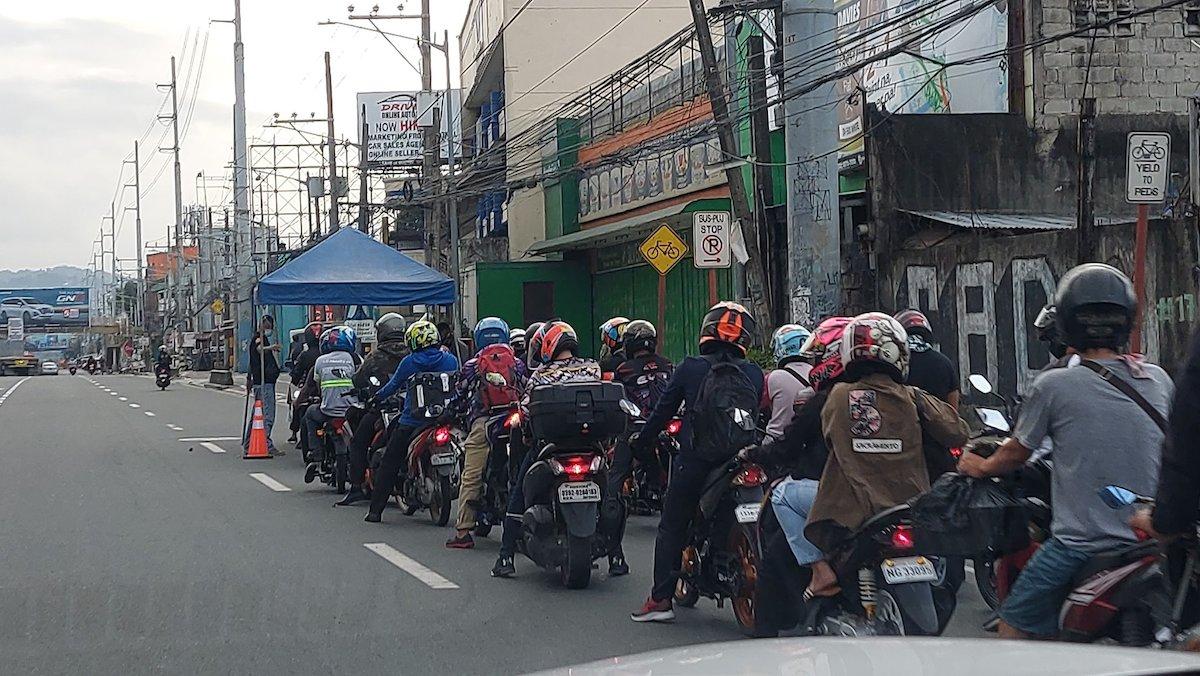IBON claims Duterte admin helped the rich bounce back quickly in 2021

Economic think tank IBON Foundation claimed that the Duterte administration’s policies this year helped the country’s richest recover faster from the COVID-19 pandemic.
“The majority of Filipinos grappled with joblessness, falling incomes, depleted savings, and high prices. On the other hand, the country’s wealthiest continued to prosper often with timely government support,” IBON said.
The think tank said that the combined wealth of the 50 richest Filipinos recovered quickly and grew 30% in 2021 to $79.1 billion or roughly P4 trillion.
“The Duterte administration supported big business through the pandemic,” IBON said.
“Publicly-funded road, bridge and rail projects under its Build, Build, Build infrastructure program boosted the property values of tycoons’ real estate projects and increased traffic to their port terminals,” it added.
The think tank, likewise, said that the Corporate Recovery and Tax Incentives for Enterprises (CREATE) law cut the corporate income taxes big corporations pay, increasing large enterprises’ profits by some P70 billion – and reducing government revenues by the same amount – in 2021.
On the other hand, IBON said that insufficient spending on public health measures increased the risk of a COVID-19 surge if new variants are more transmissible or vaccine-resistant.
“Insufficient spending on ayuda doesn’t just make families suffer disproportionately from the over-reliance on lockdowns. It also represses consumption spending and aggregate demand, especially amid worsening job scarcity,” it said.
“Insufficient spending to help MSMEs stops them from reopening or expanding – tightening aggregate supply and, through less hiring and lower pay, aggregate demand as well. All of this put together makes recovery uncertain and unnecessarily protracted,” it added.
P570 billion in disbursements
The think tank also slammed the President’s insistence that “there’s no money.”
The government had a budget of P4.3 trillion in 2020 and P4.5 trillion for 2021.
This was supported by considerable borrowing – P2.7 trillion in 2020 and P2.8 trillion so far in 2021, according to IBON.
“Little of the government budget (and debt) actually went to COVID-19 response,” the think tank said.
“The Budget Department reports just P570 billion in disbursements for COVID-19 under Bayanihan 1 and 2, the 2020 GAA and the 2021 GAA as of September 30, 2021. This is barely half the $22.5 billion or around P1.12 trillion that the Finance Department claims to have secured in financing for COVID-19 response as of September 5, 2021,” it added.
IBON said that the administration spent P702.4 billion on infrastructure (as of October 2021) and paid P1.13 trillion in debt service (as of November 2021).
“In either case, much more than on COVID-19 response,” it said.
IBON said the COVID-19 pandemic did not affect everyone in the same way.
“On one hand, poverty by official standards grew 3.9 million to 26.1 million Filipinos in the first semester of 2021. This estimate of one out of four Filipinos is poor (23.7%), according to a low poverty threshold of just some P79 per person per day though – as if P80 a day is enough to escape poverty,” it said.
“The number of poor and vulnerable Filipinos is more likely closer to 18 million families or some 78 million Filipinos. Around seven out of 10 households (69.8%) didn’t have any savings as of the fourth quarter of 2021. Self-rated poverty surveys meanwhile have some 79% of families reporting themselves as poor (45%) or borderline poor (34%),” it added.
“These are huge numbers of families with little capacity to deal with economic shocks or calamities. It’s interesting how they might react to administration propaganda of 'a strong and early recovery,'” IBON said.
GMA News had sought comment from the Palace on IBON's claims, but the government had yet to respond as of posting time.
However, in mid-December, the government's Development Budget Coordination Committee raised its growth target for 2021 from the 4% to 5% range to 5% to 5.5% amid the relaxed COVID-19 mobility restrictions.
The DBCC added that they were optimistic that the country’s GDP would return to its pre-pandemic level by 2022.
“Our accelerated vaccination drive has enabled the safe and targeted reopening of the economy,” the DBCC said. “This led to an additional employment of 1.3 million compared to the pre-pandemic level, above-target revenue collections, and a strong and early recovery.”
The economic team added that the government had crafted a 10-point policy agenda to shift the country from a pandemic to an endemic paradigm.
The policy agenda covered: metrics; vaccination; healthcare capacity; economy and mobility; schooling; domestic travel; international travel; digital transformation; pandemic flexibility bill; and medium-term preparation for pandemic resilience.
Meanwhile, last August, the Department of Trade and Industry said that P5.2 billion in loans were released by the government to small businesses affected by the restrictions aimed at limiting the spread of COVID-19. — DVM, GMA News




